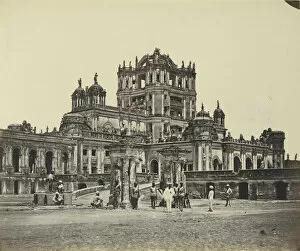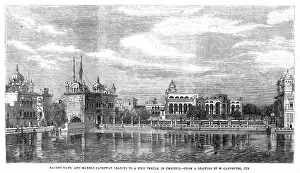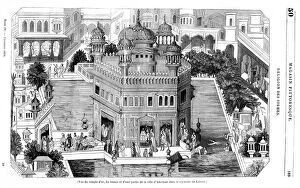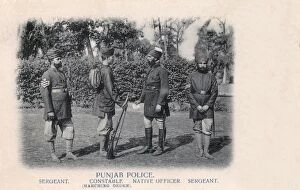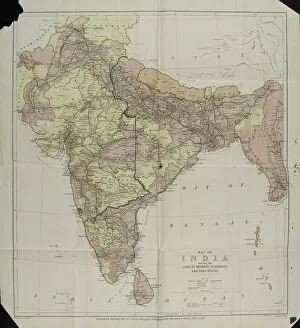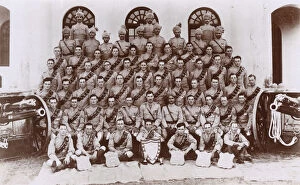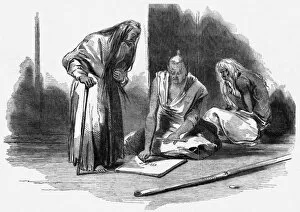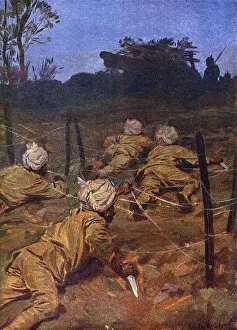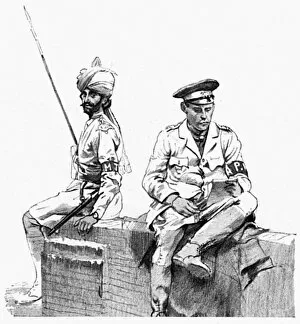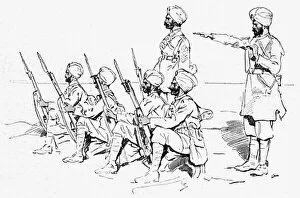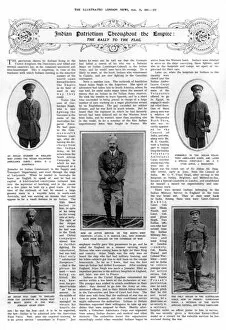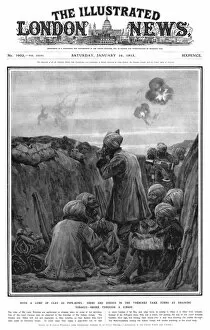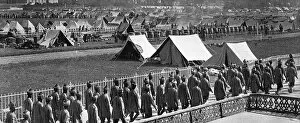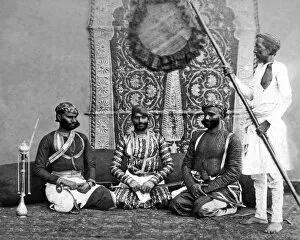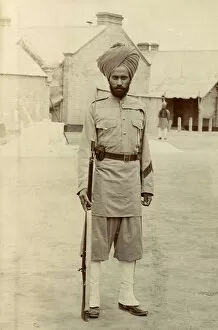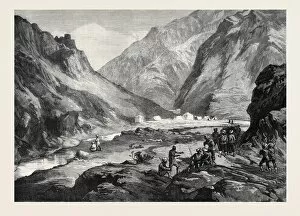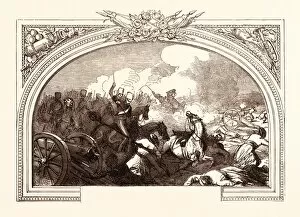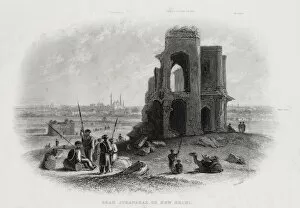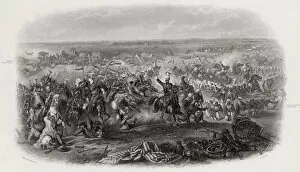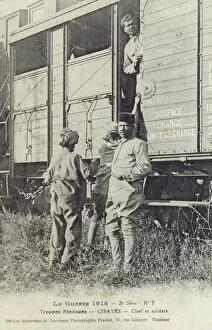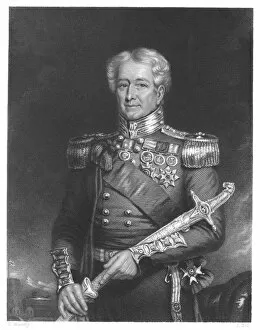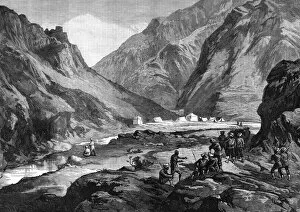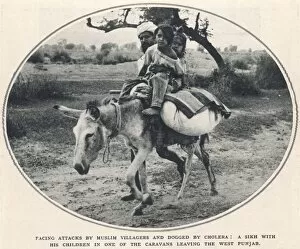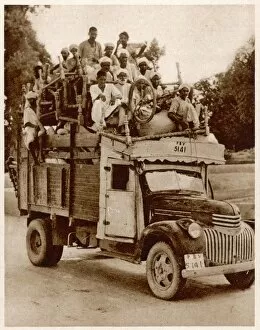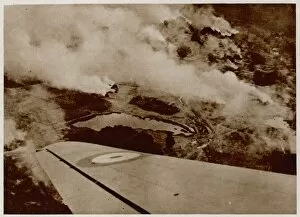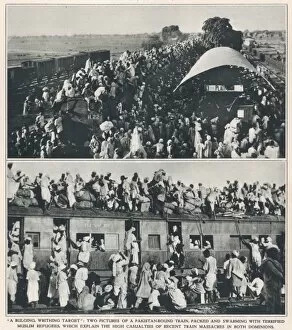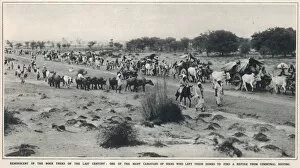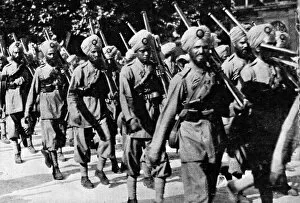Sikhs Collection (#3)
Sikhs: A Legacy of Courage and Resilience The history of a testament to their unwavering spirit, marked by significant events that shaped their identity
For sale as Licensed Images
Choose your image, Select your licence and Download the media
Sikhs: A Legacy of Courage and Resilience The history of a testament to their unwavering spirit, marked by significant events that shaped their identity. The Partition, with its map dividing East and West Punjab, stands as a stark reminder of the challenges they faced. In 1846, the Battle of Sobraon showcased the bravery and valor of Sikh warriors who fought valiantly against all odds. Their indomitable spirit echoed through time, leaving an everlasting mark on Sikh history. The Golden Temple in Amritsar holds immense significance for Sikhs worldwide. In 1913, this sacred place served as a beacon of hope during turbulent times. Even British troops were moved by its magnificence and serenity. During World War I, Sikh soldiers from the Indian Army found themselves in France. They displayed unparalleled courage while fighting alongside their comrades-in-arms. Resting in French buildings between battles, these brave men carried the weight of their duty with honor. Lance Corporal of Ludhiana Sikhs exemplified the discipline and dedication ingrained within every Sikh soldier. Their commitment to serving their country was unwavering throughout history. Stepping back into time reveals an interior view of the Golden Temple at Amritsar in 1858—a glimpse into a moment frozen in eternity where faith transcends all boundaries. The Chitral Expedition further highlighted Sikhs' contribution to military endeavors beyond India's borders—an expedition that showcased their resilience even amidst unfamiliar terrains. In 1906, George, Prince of Wales visited Amritsar—his presence symbolizing recognition for both Sikh heritage and culture—an acknowledgment that resonated deeply within the community's collective heart. Throughout British India's reign during the 19th century, Sikh soldiers played pivotal roles safeguarding peace across diverse regions—a testament to their loyalty towards upholding justice and order wherever they went. They have always been a community of warriors, carrying their legacy forward with utmost pride.

